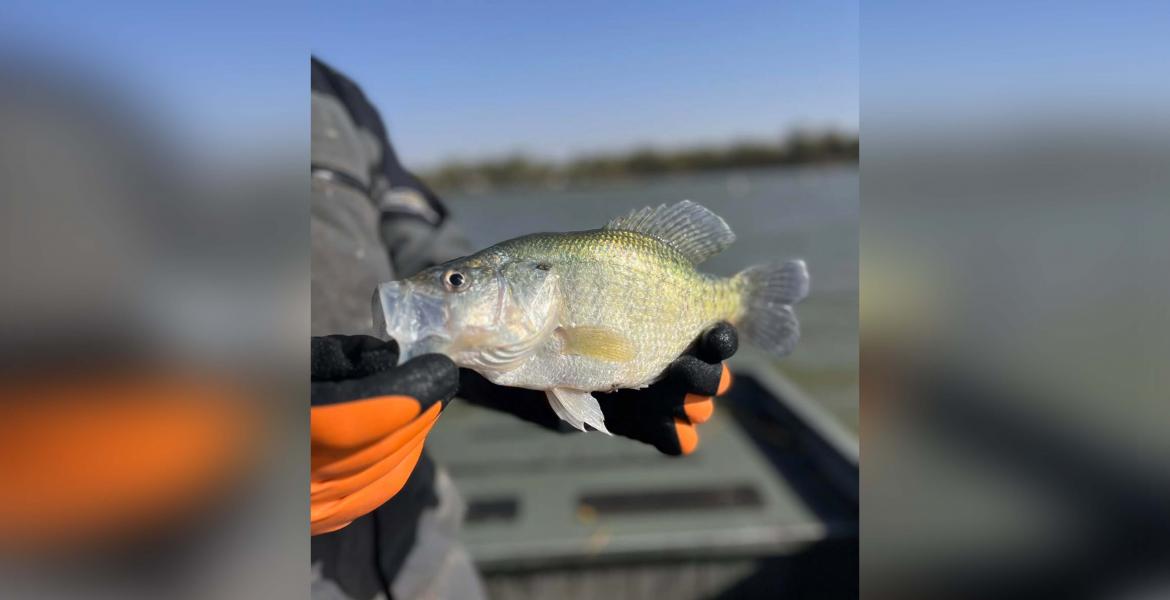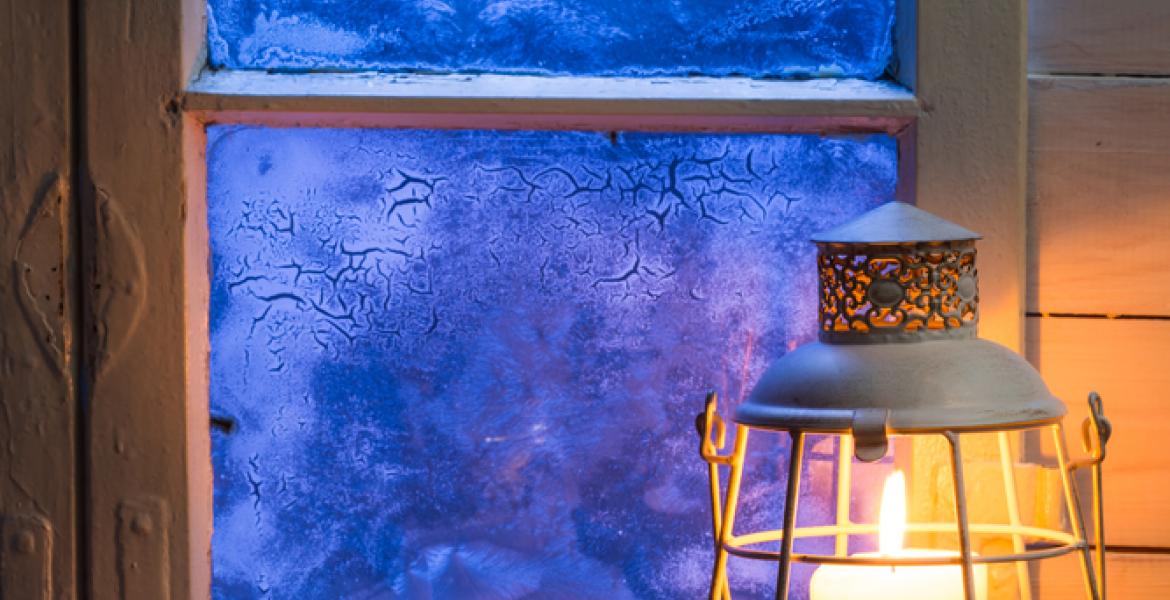AUSTIN — From Oct. 6-22, The Texas Parks and Wildlife Department will kick off the eighth annual Texas Pollinator BioBlitz, celebrating the bees, wasps, butterflies, moths, beetles, flies, hummingbirds, nectar-feeding bats, and other animals that serve as pollinators across Texas.
Join event partners TPWD, National Butterfly Center, Lady Bird Johnson Wildflower Center, National Wildlife Federation and the U.S. Fish and Wildlife Service to celebrate the importance of pollinators.
Individuals and families, schools and clubs can join, observe, identify and share at this time of year, when cooler temperatures across the state alert bees to eat as much as they can before hibernation begins, making October the perfect time to photograph, post and record the insects you see while enjoying the great outdoors.
“Documented declines in insect populations, particularly pollinators, have brought to the forefront the need to better understand these species and the support they provide Texas rangelands, agriculture and native ecosystems,” said Ross Winton, invertebrate biologist for TPWD. “Texas is home to thousands of pollinator species from the iconic monarch down to the smallest solitary bee.”
Students, citizen scientists and outdoor enthusiasts of all ages are encouraged to simply enjoy these various pollinators or even to take it a step further and help collect iNaturalist observations during the peak of fall butterfly and bird migration. Participants can look for pollinators as well as nectar-producing plants, photograph or take video of them, and share their discoveries on iNaturalist, Instagram or Facebook, using the hashtag #TXPollinators.
Observations documented on the iNaturalist app help biologists learn more about the distribution of the organisms and plants upon which pollinators depend, helping TPWD manage their habitats and populations for future generations.
Plant and insect species may be difficult to identify, so observers can use the “What did you see?” function within the app to see science-based suggestions.
In addition to the monarch butterfly, TPWD has designated 30 species of pollinators as “Species of Greatest Conservation Need.”. Native butterflies, bees, moths, bats, hummingbirds, wasps, flies and beetles are essential to healthy ecosystems and sustain native plant species, human food crops and crops for livestock. Visit the Texas Pollinator BioBlitz website to learn more about the importance of pollinators, sign up to receive pollinator information during the event, and find other happenings across the state.
To view a short video about the Pollinator BioBlitz, visit https://www.youtube.com/watch?v=7yAxphusbVY.
Subscribe to the LIVE! Daily
Required






Post a comment to this article here: